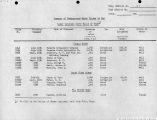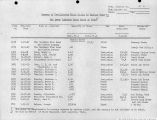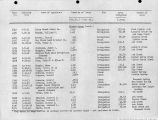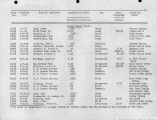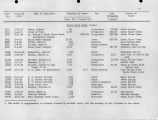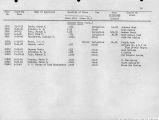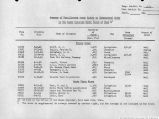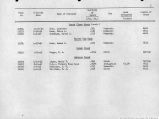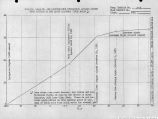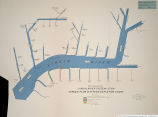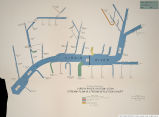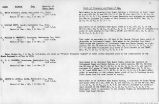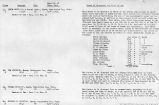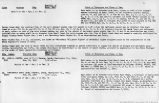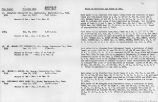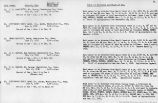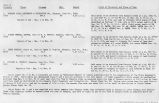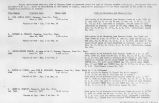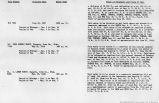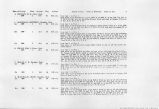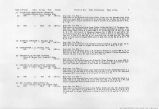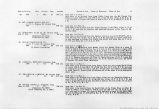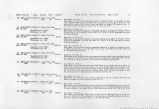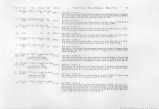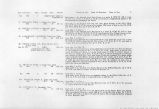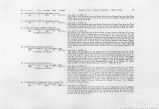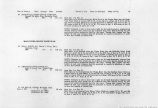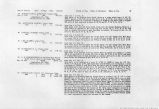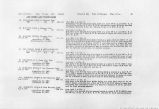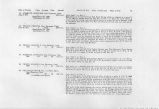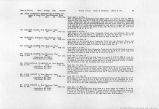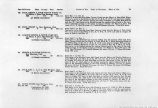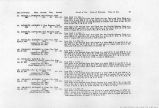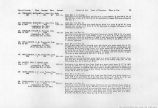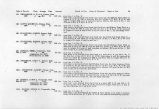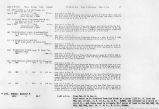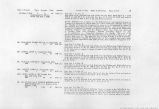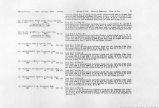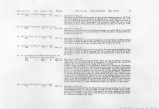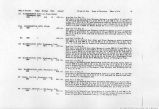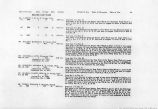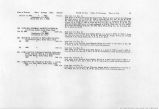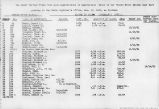| OCR Text |
Show 250 IRRIGATION INVESTIGATIONS IN UTAH. Virgin River. In one year 47,000 pounds of lint were sent from Bunkerville to the St. George factory, returning 12£ cents per pound in trade, discounted about one-third. A test crop was planted one year by Edward Bunker, jr. Three acres 3'ielded 2,568 pounds of lint, or over 5 bales to the 3 acres. The crop was irrigated every two weeks from April 12 to August 30. The land was choice and the culture first class. The seed planted was green seed, Pettit Gulf, and Cluster. The average yield for the settlement was only 1 bale to the acre. The products now raised at Bunkerville are principally alfalfa, small grains, sorghum, and seedless raisins, the latter having lately become the most important. The climate at Bunkerville and adjacent settlements has been found exceedingly well adapted to the growth of the seedless grape. In 1900 one farmer took 9,000 pounds of raisins from 3 acres, which, selling at Bunkerville for 6 cents and at Salt Lake City tor 7£ cents per pound, netted $450, or $150 per acre. For six years the same farmer has netted an average of $100 per acre for this product. Alfalfa produces five cuttings, averaging 6 tons to the acre, which, at the usual price, yields $36 per acre. The cuttings are made in May, June, July, August, and September. The crop is given one watering, frequently two, to the cutting. Wheat averages 27 bushels to the acre, worth 80 cents per bushel, or $23.60 per acre. Sorghum yields 100 gallons per acre, worth 35 cents per gallon, or $35 per acre. THE VALLEY OF MUDDY CREEK. Muddy Creek, sometimes called Muddy River, joins Virgin River from the north 25 miles above the junction of that river with the Colorado. During flood times it receives water from Meadow Valley Wash, which extends 75 miles r.orth of the Muddy Valley, but most of the time the source of all the water in the creek i& in springs near the Moapa Indian Reservation. There is a theory held by some that these springs are fed by underground streams from Paranagut Wash, farther north and west, but no study has been made to determine if the theory is correct. There is approximately 15,000 acres of irrigable land in Muddy Valley, almost all of which is in private ownership, having been purchased from the State. In the summer of 1902 there was approximately 2,000 acres irrigated, or 13i per cent of the irrigable area. At present no attempt is made to conserve the water of the creek so as to spread it over the largest possible area. On the contrary, much is wasted. At the upper end of the valley the creek and the ditches are allowed to overflow the adjoining land until much of it is swamp. April 19, 1902, 2 mile* above the head of the Saint Joe Ditch, the creek was carrying 36.78 cubic feet per second. At the point measured the bed of the creek was in a swamp, as it is for several miles above and below, and it is probable that the 36.78 cubic feet per second in the creek was considerably short of the available water in the valley. After careful observation Mr. Charles Cobb, of Overton, estimates that 1 miner's inch of water under a 6-inch pressure will irrigate 5 acres in the valley. It is probable that this estimate is too high. One miner's inch under 6-inch pressure, running continuously during the irrigation season of five months, from April 1 to September 1, would cover 2 acres to a depth of 3.72 feet, which would probably be ample. On this ba3is the 36.78 cubic feet per second would water approximately 3,000 acres. Below the point of measurement not more than 1,500 acres were being irrigated, or one-half ot |
| Source |
Original book: Utah exhibits [of the] State of Arizona, complainant, v. State of California, Palo Verde Irrigation District, Imperial Irrigation District, Coachella Valley County Water District, the Metropolitan Water District of Southern California, City of Los Angeles, City of San Diego, and County of San Diego, defendants, United States of America and State of Nevada, interveners, State of New Mexico and State of Utah, parties |
















































































































